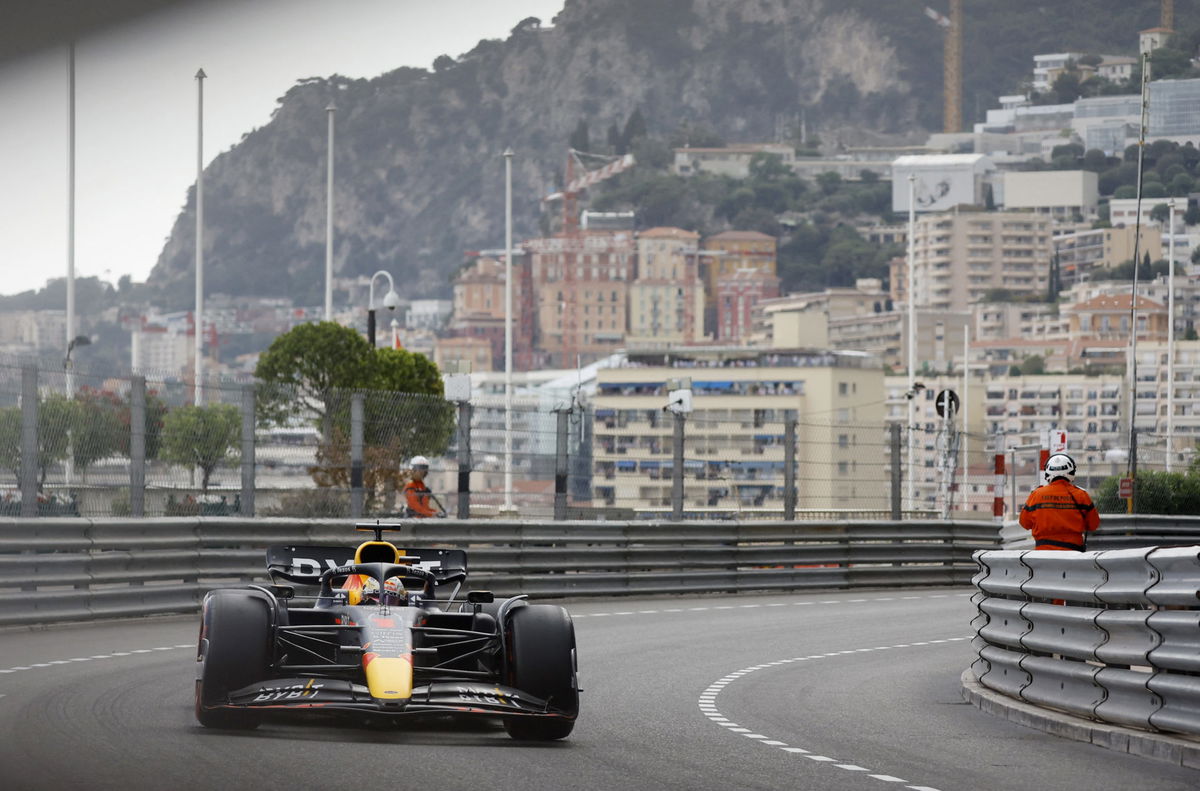
Reuters
Formula One F1 – Monaco Grand Prix – Circuit de Monaco, Monte Carlo, Monaco – May 28, 2022 Red Bull’s Max Verstappen during qualifying REUTERS/Christian Hartmann

Reuters
Formula One F1 – Monaco Grand Prix – Circuit de Monaco, Monte Carlo, Monaco – May 28, 2022 Red Bull’s Max Verstappen during qualifying REUTERS/Christian Hartmann
One of the hardest tasks for a Formula One fan is to keep tabs on the corner names of a circuit. Of course, not all F1 race weekends possess this memory-teasing problem, thanks to the perfect balance of old and new circuits on the calendar. But, out of the slender list of old racing rings, which one of them would you consider the trickiest to remember? We’d say the classic Circuit de Monaco.
Watch What’s Trending Now!
The short yet defiant streets of Monte Carlo comprise 18 narrow corners, each of them owning distinct stories behind the origin of their names. Let’s start with the very first turn of the circuit.
ADVERTISEMENT
Turn 1: Saint Devote
The very first corner of the circuit was named after a chapel that hides behind the barriers and huge display screens around the exit of the corner. Hence, not many would have noticed this particular structure on live TV.
Arguably, one of the easiest corners of the circuit, with enough width due to the pit lane exit and a run-off area if the drivers miss out on the braking point. The exit to the corner, though, could be quite tricky, as even a bit of oversteer could lead to the left rear coming in contact with the barriers.
Top Stories
Cadillac Star Sergio Perez Drops Bombshell Claims Over Red Bull Years After Ugly Exit

Red Bull’s Foundational Pillar Breaks Off Days After Max Verstappen’s Lead Engineer Rumor
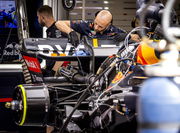
How F1’s 2026 Engine Rules Sound Alarm Bells for NASCAR and Others? – Explained
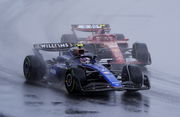
After Red Bull Favored Max Verstappen, Sergio Perez Delivers Crystal Clear Verdict on Entire Fiasco
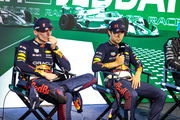
‘Michael Masi Was a Pathological Egomaniac’: Toto Wolff Doubles Down on Lewis Hamilton’s “Robbed” Abu Dhabi Claim

ADVERTISEMENT
Turn 2 & 3: Beau Rivage & Massenet
Not really a turn and rather high-speed esses. To anyone reading this, it might seem like a straightforward section of corners. But, the truth is, getting through this part of the circuit unscathed is far more difficult than it sounds.

Reuters
Formula One F1 – Monaco Grand Prix – Circuit de Monaco, Monte Carlo, Monaco – May 28, 2022 Red Bull’s Sergio Perez in action during practice REUTERS/Benoit Tessier
Why you might ask? Well, along with the high-speed nature, the drivers will also have to cope with aggressive changes in altitude. Following the esses arrive a high-speed left-handed turn that could well throw the car off-balance due to the irregular elevation – Massenet.
ADVERTISEMENT
The origin of this name is the famous opera composer, Jules Massenet.
ADVERTISEMENT
Turn 4: Casino Square
This is certainly the most famous corner of the entire circuit, thanks to the presence of Monaco’s most prestigious building – Monte Carlo Casino. It is a medium-speed right-handed corner which isn’t necessarily as tricky compared to previous sections.
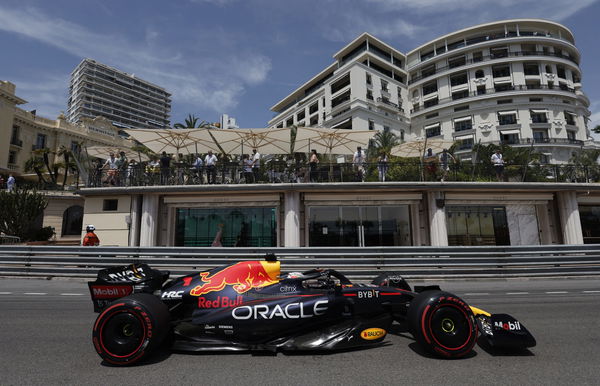
Reuters
Formula One F1 – Monaco Grand Prix – Circuit de Monaco, Monte Carlo, Monaco – May 28, 2022 Red Bull’s Max Verstappen in action during practice REUTERS/Benoit Tessier
However, what’s interesting is that this corner is quite contrasting to Beau Rivage and Massenet as the circuit now begins to go downhill instead.
ADVERTISEMENT
Turn 5 & 7: Mirabeau Haute & Mirabeau Bas
The two narrow corners pretty much connect the slowest corner on the F1 calendar. The story behind the name? Well, both these corners sandwich a very old yet famous hotel, Hotel Mirabeau.
ADVERTISEMENT
Turn 6: Grand Hotel Hairpin
As mentioned earlier, an extremely slow but tricky corner that needs to be an inch-perfect around the braking zone. A bit of miscalculation could well lead to the car ramming into the wall that is barely inches away from the track. This particular corner has had several name changes in the past due to the changes made by the hotel nearby itself.
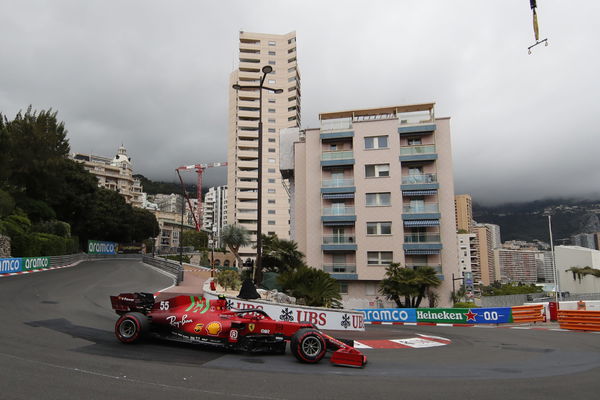
Reuters
Formula One F1 – Monaco Grand Prix – Circuit de Monaco, Monte Carlo, Monaco – May 22, 2021 Ferrari’s Carlos Sainz Jr. in action during qualifying REUTERS/Gonzalo Fuentes
Before being named Grand Hotel, there were several others too, including Loews, Fairmont, and Station Hairpin. The top speed around this corner is approximately 65 kph which is quite criminal for cars that could effortlessly reach up to 340 kph.
ADVERTISEMENT
Turn 8: Portier

Reuters
Formula One F1 – Monaco Grand Prix – Circuit de Monaco, Monte Carlo, Monaco – May 28, 2022 Spectators are seen on balconies during qualifying REUTERS/Christian Hartmann
A beautiful view off the track, with a meter-long barrier keeping the F1 cars from falling into the Monaco waters. The neighborhood near this corner is known as Le Portier and hence, the name.
ADVERTISEMENT
Turn 9: The Tunnel
Who could ever forget this? A high-speed right-handed curve that acts as an absolute opposite to the rest of the track. No change in elevation whatsoever and pretty much flat-out until the arrival of turn 10. Overtaking is quite impossible despite the decent enough track width.
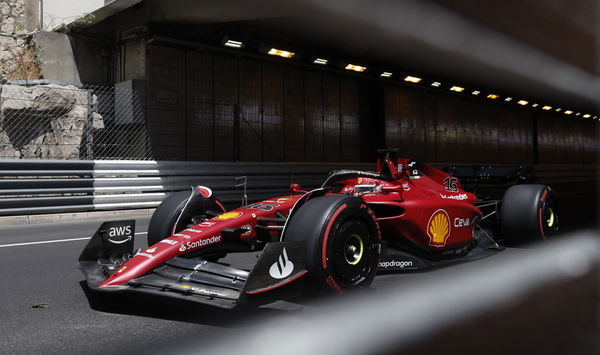
Reuters
Formula One F1 – Monaco Grand Prix – Circuit de Monaco, Monte Carlo, Monaco – May 28, 2022 Ferrari’s Charles Leclerc in action during practice REUTERS/Benoit Tessier
To anyone unaware of the reason behind this name, the track actually runs into a dim-lighted tunnel. Hence, more often than not, F1 drivers exit the tunnel almost blindfolded due to the extreme change in lighting.
Watch Story: From Serena Williams to Chris Hemsworth: Celebrities Lured by the Glitz and Glamor of Monaco
Turn 10 & 11: Nouvelle Chicane
This is the starting point of the harbor, with yachts more visible on the left side. Initially, it was called the Chicane du Port before the organizers changed it to Nouvelle, which means ‘new’.
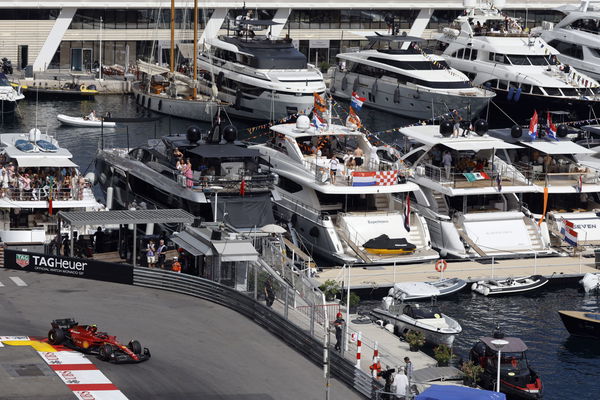
Reuters
Formula One F1 – Monaco Grand Prix – Circuit de Monaco, Monte Carlo, Monaco – May 28, 2022 Ferrari’s Carlos Sainz Jr. in action as spectators are seen on boats during qualifying REUTERS/Christian Hartmann
About the chicane itself, both the turns possess a high threat of damaging the front-left tire due to the pointy barriers.
Turn 12: Tabac
The closest the yachts could get to the circuit, turn 12 aka Tabac, originates from a tiny tobacco shop on the outside of this corner. Tabac is another high-speed left-handed corner, as the drivers almost kiss the barriers around the outside of the turn.
Turns 13, 14, 15 & 16: Swimming Pool Complex

Reuters
Formula One F1 – Monaco Grand Prix – Circuit de Monaco, Monte Carlo, Monaco – May 28, 2022 Mercedes’ Lewis Hamilton during qualifying REUTERS/Benoit Tessier
This section comprises two separate esses, with the initial one being less dangerous than the subsequent one. Turns 15 and 16 have a long history of F1 drivers clipping the wall on the inside of turn 15, consequently breaking the suspension and ramming straight into the barriers around the outside of turn 16.
Turn 17: La Rascasse
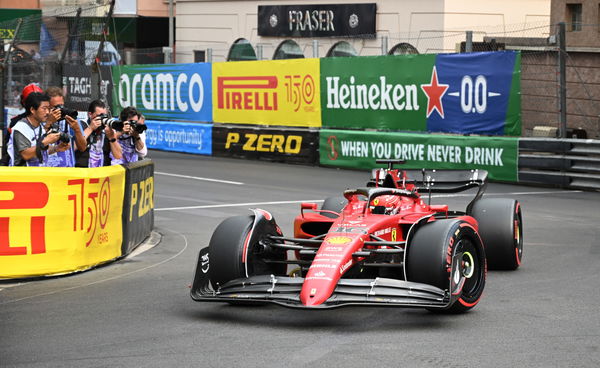
Reuters
Formula One F1 – Monaco Grand Prix – Circuit de Monaco, Monte Carlo, Monaco – May 28, 2022 Ferrari’s Charles Leclerc during qualifying Pool via REUTERS/Christian Bruna
Reports claim that there was an old fisherman’s bar in Monaco called La Rascasse which potentially inspired the Monaco GP organizers to name one of the corners the same. A right-handed corner with the inside of the exit paving the way for the pit lane entry.
Turn 18: Virage Antony Noghes
One of the fewest places where one could witness some action, with the unusually wide track letting two F1 cars race side-by-side for a few meters. With a long straight ahead, a lot of drivers seek a head-start around the exit of turn 18, which sometimes leads to massive oversteer as they inevitably crash into the barriers.
ADVERTISEMENT
ADVERTISEMENT
ADVERTISEMENT

